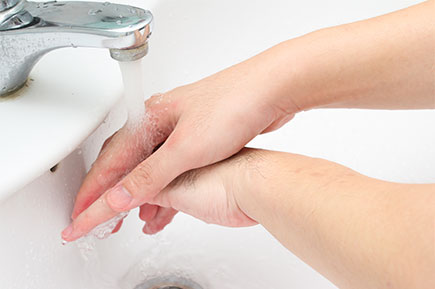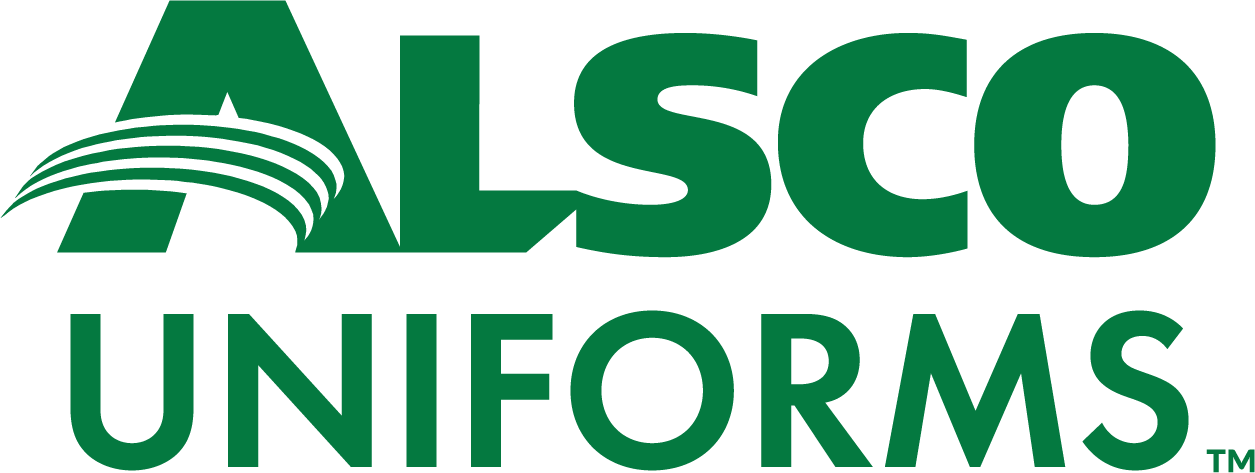
Most of discussions about health at work tend to boil down to obvious health hazards such as dangerous chemicals, faulty electrical installations, etc.
You will also hear people talking about workplace hygiene and dealing with contagious diseases, flu outbreaks and even the common cold.
However, allergies are still not considered a hot topic in the business world. Allergies are omnipresent. Although some of them can be lethal if not treated properly and in time, most are more annoying than they are dangerous.
Almost all of the allergens which can be found in a normal workplace fall into this “annoying” category. While this is certainly good news in terms of overall level of health of employees, it can still deeply affect workplace satisfaction and, at the same time, the amount and quality of work done.
Even though you cannot possibly eliminate all allergens from your workplace, raising hygienic standards will go a long way towards lowering the probability of somebody developing an allergic reaction at work.
Introducing a new hand drying method, or purchasing a non-solvent parts washer will have an immediate impact to the overall situation, however, only by understanding allergies and what causes them will you be able to fight them in your own company.
What Are The Causes Of Allergies?
Typically, allergies are caused by the body’s immune system reacting to relatively harmless substances. Some of the best-known triggers are dust mites, mould spores, pollen, animal skin and hair, and even animal urine and feces. Chemicals and food types can also be the source.
Reactions range from hives to rashes, and nausea to respiratory problems (like an asthma attack), with levels of severity ranging from general discomfort to life threatening.
But what can you do? We look at three common varieties of workplace and recommend what might be done.
Type Of Workplace: The Office
Usually, allergens associated with an office are air-borne. Paper stacks usually result in high dust levels, dust mites and spores, while a dirty air conditioner or ventilation system may also be the cause.
Meanwhile, products used to clean restrooms or the consumables stocked in soap dispensers, hand sanitisers or even paper towel dispensers, might be a source of skin irritation.
What to do:
- Have the ventilation system cleaned, or replaced if it is an old system.
- Keep your desk clean and tidy. Don’t give mites and spores a place to reside.
- Make sure paper is put away, not stacked in the open.
- Think about installing an air purifier, or more effective air conditioner.
- Consider more hygienic hand drying systems in the restroom (like a closed roller cloth towel dispenser), using pH neutral hand soaps and sanitisers, and non-chemical based cleaning products.
Type Of Workplace: The Garage
Possibly the hardest workplace to keep hygienic, mechanics are constantly dealing with dirt, grit and grease because of the parts and engine cleaning that is done. But there is no reason why acceptable levels of cleanliness can not be achieved.
Chemicals, oils etc can cause skin conditions, like dermatitis, while clutter and unkempt corners are loved by rodents. A mixture of odours and vapours can irritate eyes, skin and the lungs.
What to do:
- Ventilation is hugely important so make sure it is sufficient.
- Keep lids on cleaning substances, oil drums etc and store them away from the general working area.
- Consider the solutions you use for cleaning your parts, and avoid using harsh corrosive chemicals as much as you can. Alkaline water-based cleaning substances are proven to be better for workers and the environment alike.
- Make sure face masks, and other personal protection items are worn when necessary.
- Introduce strict and eco-friendly clean-up process to deal with spills and waste.
Type Of Workplace: The Warehouse
Warehouses usually don’t receive the same treatment as offices in terms of cleaning, which is why the chance of getting in contact with an airborne allergen is much bigger. Given that warehouses are designed for storing things like boxes and containers, large amounts of dust can accumulate in difficult to reach areas, which is why cleaning, even when it happens, isn’t as effective as it is in the office.
What to do:
- Ensure warehouse cleaning is thorough, getting behind shelves and into every corner.
- Improve ventilation levels by keeping skylights, windows and doors open as much as possible.
- Again, the air system may need to be improved or changed.
- Remove the clutter, even if they are old drums or boxes – dispose of them sensibly.
- Ask your workmates or staff to smoke in designated areas only.
- Again, consider making restroom changes.
No More Allergies
A workplace which is safe for people who developed allergies is important for good business. Not only it will positively affect workplace satisfaction, it will also be ready to welcome potential clients who certainly wouldn’t like to start sneezing in the middle of a business meeting. Alsco’s Dust Control & Floor Protection Mats, Personal Mats, Message Mats, Wet Area Mats, Anti-Fatigue Mats, and the Eco Mat – all created using environmentally friendly materials – are a great first step towards a clean office.
If you are still unsure, call Alsco and listen to what their experts have to tell you.
Photo courtesy of Freepik Image by @shayne_ch13
